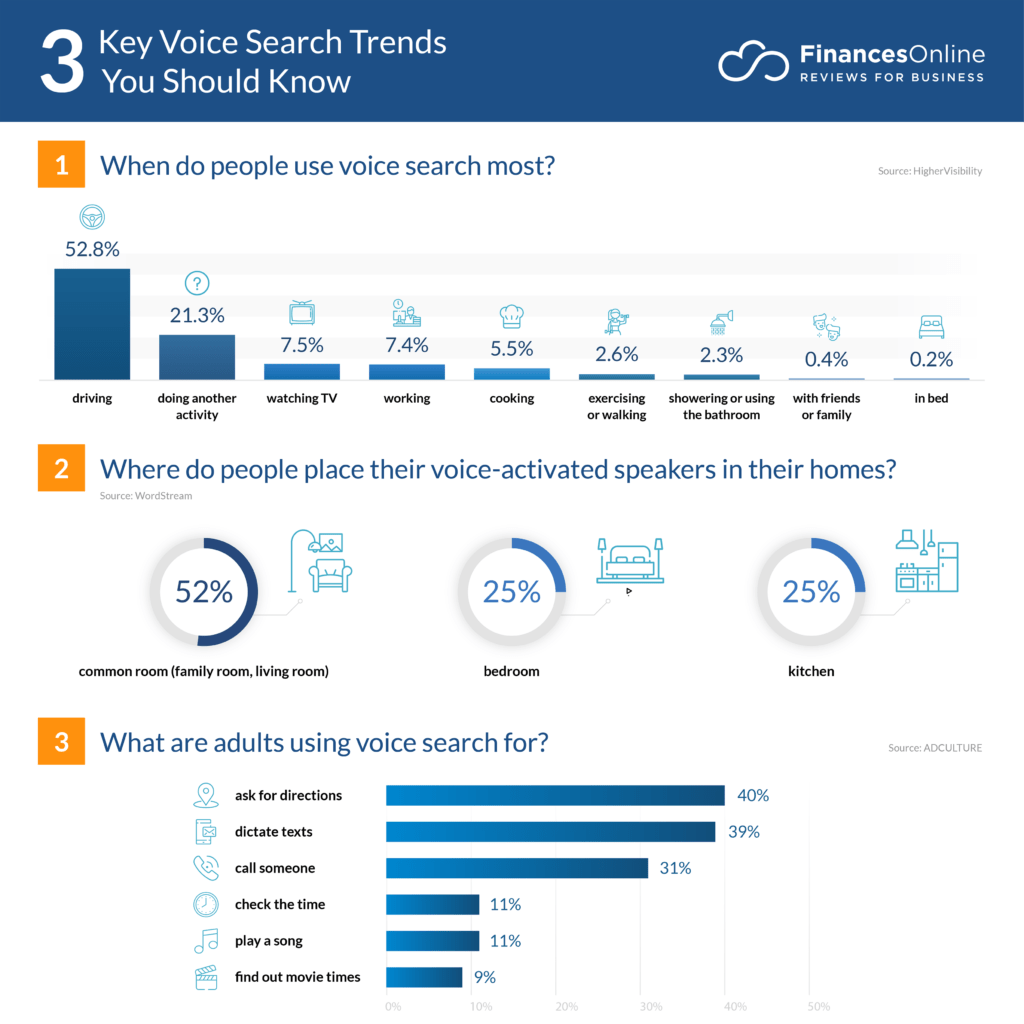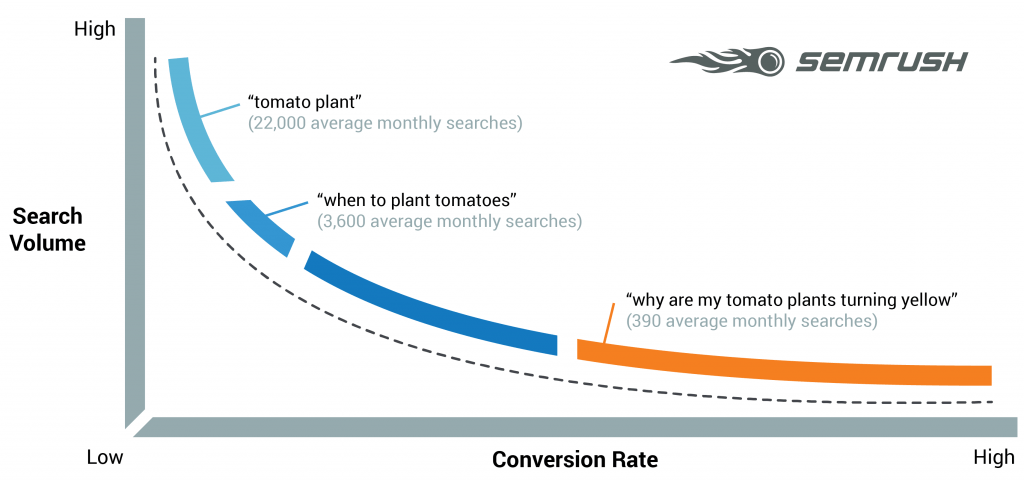2026 SEO Agency Toolkit: Services, Trends & Growth Hacks
If you want your agency to be ahead in 2026, you need to stay sharp,…
Hey, Google, what’s the weather like today?
Alexa, add milk to my shopping list.
Siri, who is the King of Bahrain?
小艾播放音乐 [note: translates to XiaoAI play some music]
Voice search. It’s everywhere, and we’re making a bet that you have used at least one voice search service recently?
Ok, so maybe the last one on our list was a bit of a stretch, but with more than 50% of searches expected to be carried out over voice search in the next few years, there are many platforms vying for your attention.
Google Home, still the winner with the biggest market share, is battling it out with Amazon’s Alexa, Apple’s Siri, Microsoft’s Cortana, and yes, major Chinese smartphone manufacturer Xiaomi’s XiaoAI. However, you’ll need to improve your Mandarin if you want to take full advantage of Xiaomi’s offering!
In your car, on your phone, in your kitchen, and on your laptop, more and more users are using voice search, and also voice commerce, than ever before as the world moves towards a new way of searching, finding out information, and even interacting with the ever-expanding Internet of Things (IoT) universe.

Voice search is becoming a hot topic in the mobile SEOMobile SEO is a term used to describe the optimization of a website to suit the needs of mobile devices. optimisation world as more end users are embracing the power of voice search for times when searching using fingers and eyes isn’t safe or when it’s just not convenient.
For a long time, voice search was mainly used for gathering information, much like a regular Google search. You’d be able to ask your voice assistant a question, such as ‘what is the capital of France?’, and your voice assistant would be able to answer with the correct answer found using a standard Google search.
In 2020 though, we’ve seen the ability of voice search expand massively, and now your voice search has become your personal assistant, managing your diary, adding things to your grocery list, reminding you of your cat’s birthday, and even helping you sleep by counting sheep (yes, it’s really a thing).
There are a few different aspects of voice search that business owners need to be aware of, but they all boil down to user intent. Your users may be looking for information, in which case the voice assistant will run a search, or users may need an action to be done, such as turning off the light.
It’s not just personal actions, though. Google presented an incredible set of voice commerce examples at their IO conference back in 2018. These examples showed the ability for voice search and AI assistants to actually interact with you as a business, so you need to really make it easy for Google voice search (and other assistants) to interact with you, or you could be left behind.
Working to optimise your content for voice has many benefits for business owners like you. Your primary focus should be to be more useful to your clients or your customers and to save them time.
As much as AI is intelligent, the primary focus is not for the AI to help your business be found, but rather for the user to get the right information, at the right time, with minimal effort. This means that you need to present the information in a way that is helpful to the user and easy for robots to distinguish, or someone else may do a better job and take your customer right from under you.
Now you have an idea about why voice search is important, let’s look at some ways you can optimise for voice search and your wider search engine optimisation efforts to be top of the voice search game in your niche.
Long-tail keywords have been big business in the SEO world for many years now, but an added bonus for you is that long-tail keywords actually help voice search AI engines to distinguish between relevant and non-relevant information.
For example, let’s assume you own a garden centre, and you’ve been working hard to build and optimise your site with helpful SEO ready content to bring more users to your online store. You may have an article focusing on the keywordKeywords are the words and phrases that potential customers might search for to find your business. “pea plants”. That’s a pretty competitive keyword, but voice searchers are rarely just going to search for “pea plants”. They’re more likely to use voice search queries such as “when is the best time to plant peas?”, “best pea variety”, “where to order early onwards pea plant seeds”, etc.
Focus on the long-tail keywordLong-tail keywords are phrases with more than two words. They're also more specific, often using modifiers to narrow down a search.keyword researchKeyword research helps websites unearth the best keywords to drive traffic and visibility. This research is supported by a number of powerful web-based tools, the best of which we’ve listed here. and build your content around natural language processingNatural language processing is the ability of a computer to understand human speech in the form of sentences. for the best voice search results.

You’re sitting in your car trying to decide which restaurant to go to for dinner. You could go to that burger place you always go to, but you decide to check out that little Italian on the other side of town, “Hey Google, navigate me to Tony’s Restaurant”. It’s easy, right?
It’s only easy if Tony’s Restaurant has updated their Google My Business listing with the correct address so that your voice search can direct you easily.
This is the power of local businesses improving their local SEOLocal SEO is the process of optimizing your website to rank on the 1st page of Google for a search term and geographic location that is relevant to your business. to benefit local search.
This is a simple update that any business owner should do, and as we saw with Google’s plan for Duplex, AI voice assistants could soon be making reservations, too, so don’t forget to add the phone number!

Google especially has been somewhat obsessive over the last few years about natural language processing. They have really focused their machine learningMachine Learning is the branch of artificial intelligence (AI) that gives computers the ability to learn without being explicitly programmed. efforts on creating voice assistant that not only understand what has been said (in a variety of accents) but also the context of what has been said.
Take our restaurant example from above; the voice assistant needs to understand that you meant Tony’s Restaurant near you, not the hundreds of other “Tony’s” that might be in your particular country.
A great way to help with context is to add rich media to your website. Embed videos from YouTube (YouTube now automatically generate captions), and use images with the correct description and alt text to give the crawling robots as much information as possible without leaving them in the dark.
When it comes to content, add length but not fluff. Articles that are short rarely answer the question fully, and with Google’s new algorithm update a few months ago, answer targets and featured snippets can now be searched from within sections of your articles. You may want your article to rank for one thing, but another user finds use in something related you mentioned further down.
This is perhaps one of the biggest tips we can give about voice search optimisation, and it’s by far the simplest: answer questions.
Taking IoT out of the equation for the moment, most mobile searches using voice still start with the prefixes: who, what, when, where, why, or how. Natural language processing has been a huge part of the battle to understand the context and improve voice search, and the biggest leap forward is in understanding the user’s intent, and that usually means the question they asked.
This can be a bit of a tricky thing to get right, but in anticipating the question, you can serve your user with the right answer, and a better answer is what your voice assistant wants to provide. Filling your content with answers to questions may feel a little dry at first, but if you get used to writing SEO friendly content for voice search when you sit down to create content for your website, you’ll soon discover that answer targets are a great way to provide your users with the information they need.
A word of warning on this one though, be sure that you’re providing the right information and that it can’t be edited by anyone else.
By now you should have a good understanding of what voice search is, some of the current Google voice search trends we’re seeing, and how to optimise for voice search using the content on your business website, in combination with your local SEO efforts.
There has been a bit upward trajectory in voice commerce trends in the last few years, as more people get comfortable with using voice based commerce to do all kinds of shopping.
Using a voice search app has become one of the go-to ways of searching online, and this market is only due to grow in the coming years.
Now is the time to act. Voice search is still seen as a bit of a gimmick or a mystery to businesses who are not future-focused, don’t be one of them. Get your business a clear roadmap for voice search SEO success in 2021 and the future today by having a chat with one of our friendly SEO experts.

Selecting an SEO agency is an important decision for any business. Check out our guide on how to choose an SEO agency successfully!
Download our free guide of how to run a successful outreach campaign.
Link Building or Managed SEO which is right for me?